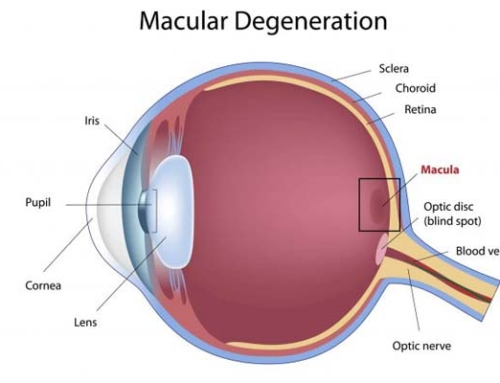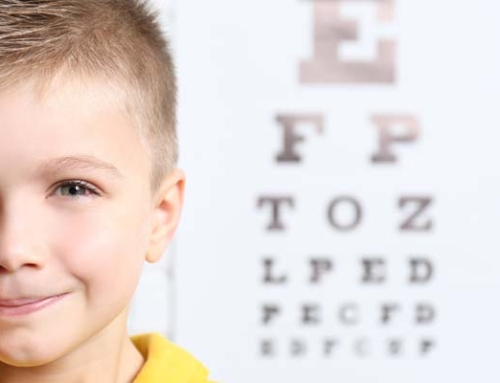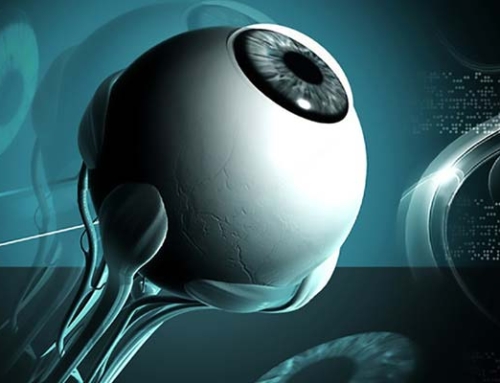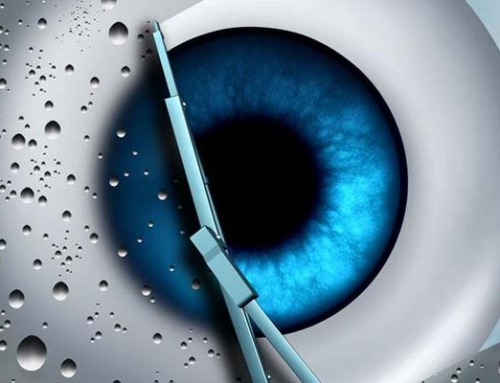Ocular migraine or retinal migraine is an eye problem that includes attacks of visual problems such as light flashes or blindness. The attacks are usually not serious and last for a short time before everything returns to normal. These episodes may repeat every few months. Anyhow, there might be variations in the frequency among different patients. Ocular migraine should not be confused with headache migraine or migraine with aura. In aura, both eyes are affected unlike in ocular migraine which involves only one eye at a time.
Clinical presentation of ocular migraine includes loss of vision in one eye which usually lasts for about 20 minutes. This loss can be partial or total and is reversible. The attack may start as a blank spot with a mosaic-like pattern which is called scotoma that increases in size gradually until partial or complete loss of vision. After an attack, the vision will gradually return back to normal.
Some individuals might also experience headaches in addition to the ocular symptoms. These headaches may precede or follow the attacks of ocular symptoms.
Reasons for retinal migraine:
The main cause of ocular migraine is the narrowing of the blood vessels that supply blood to the eye. The constrictions decrease the blood flow to the eye initiating the symptoms.
There are a few risk factors that may contribute to ocular migraine and they are;
- Stress
- Low blood sugar
- Using oral contraception
- Exposure to high heat
- Dehydration
- High blood pressure
- Smoking
- Exercises
Once the narrowed blood vessels will start to relax, and the blood flow will return to normal after the attack, the eye will completely return to normal. Permanent damage to eye in this condition is very rare.
Ocular migraine is more common in women, people younger than 40, people diagnosed with migraines or having a family history. There are also some underlying diseases that may increase the chance of having ocular migraine such as systemic lupus erythematosus and some other vascular diseases.
When to make an appointment with an optician:
If you witness a sudden decline in your vision, particular if this is the first time to experience such symptoms, make sure you visit an optometrist as soon as possible to find out the cause.
The optician can detect low blood flow to the affected eye during an attack by the use of a tool called “ophthalmoscope”. Presence of blood flow disruption will confirm the condition. However, in most of the cases, the attack is usually slight and diagnosis will be based mainly on the symptoms you describe.
Treatment:
Treatment of ocular migraine includes taking pain killers and avoiding trigger factors. Exposure to bright light, stressful situations, extreme hot climates are known trigger factors. If you experience headaches in addition eye symptoms, these pain killers would help relieve them too.
The pain reliever usually used is aspirin. Some drugs can also be used to help relax blood vessels such as a group of drugs called beta-blockers or calcium channel blockers. Antidepressants or antiepileptics can also be indicated in some cases to help prevent migraine.






